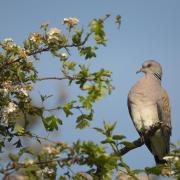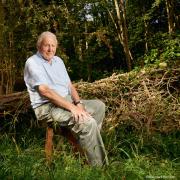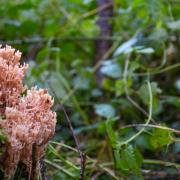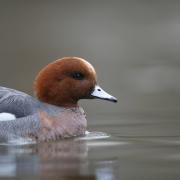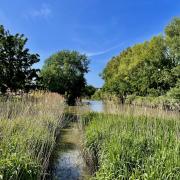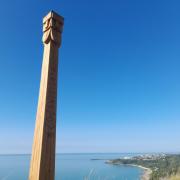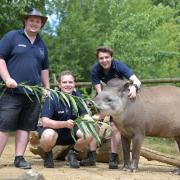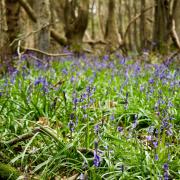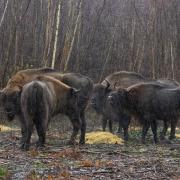Why payments to farmers for environmental stewardship are a vital mechanism for conservation, from which all of us who appreciate the Kentish countryside benefit
Words by Judith Norris
Many of the traditional farming activities that lend themselves to the creation of traditional landscapes, such as grazing, are no longer economically viable. But the idea of subsidising farming is not universally popular.
Those emotive images of wine lakes and butter mountains were enough to put us off the idea of paying farmers to cultivate crops for the sake of it. No one in the UK is subsidised on the basis of food production tonnage any longer, but associations linger, and any mention of farmers receiving payments from the public purse can provoke resentment.
The truth is that farmers in Kent and throughout the UK are constantly seeking diversification strategies to keep their businesses in the black. But they also have to balance economic viability with the interests of the environment.
When you hear of farmers receiving public money today, it is probably for environmental stewardship. There are two levels for which farmers can apply: Entry Level and Higher Level.
There are large areas of Kent where farmers are eligible to apply for the more demanding Higher Level Stewardship, because they feature environments and historic buildings that require the care and nurture only farmers and land managers are in a position to deliver. Such areas include the East Kent Downs, North Downs and North Kent/Thames Estury.
The North Kent Plain is eligible for HLS, as an area where many farmland bird species have suffered major declines over the last 25 years. One of the main factors is large-scale bird habitat change driven by policies that demanded agricultural intensification. The environmental stewardship scheme offers the chance for more land to be managed positively for wildlife.
The North Kent plain is one of the best areas in the south east for grey partridges, turtle doves, corn buntings and lapwings. The HLS scheme offers an opportunity to increase the range of these species using carefully targeted options including beetle banks, fallow plots and grass field margins.
Shouldn’t farmers be taking such conservation measures anyway? The difficulty lies in that while you and I will pay for milk and bread, we can’t be charged for a pretty view or the presence of a corn bunting.
Where grazing is a loss-making activity, but vital to the preservation of specific habitats, who then is to pay? The ‘market’ will no more pay for the environment than it will a playground.
This is where payments for environmental stewardship are vital for conservation; this is no gravy train for farmers, who are paid around one third of what it costs them to produce the environmental benefits for which they are responsible. Fortunately for us, those who have taken the step into HLS are driven by more than money.
So before we condemn handouts, let’s reflect the cost to our environment if we just assume somebody will look after it, with no financial support to do the job. The road to the hell of a neglected environment is paved with good intentions. If we care for our environment, we should back HLS and those prepared to take it on.
Judith Norris is chair of the Kent branch of the Country Land and Business Association (CLA). The CLA has been looking after the interests of its members, as well as promoting the positive aspects of land ownership and land management, for the past 100 years. For further information and all supporting web links, please visit kent.greatbritishlife.co.uk.
Judith Norris is chair of the Kent branch of the Country Land and Business Association (CLA). The CLA has been looking after the interests of its members, as well as promoting the positive aspects of land ownership and land management, for the past 100 years. For further information and all supporting web links, please visit kent.greatbritishlife.co.uk.



